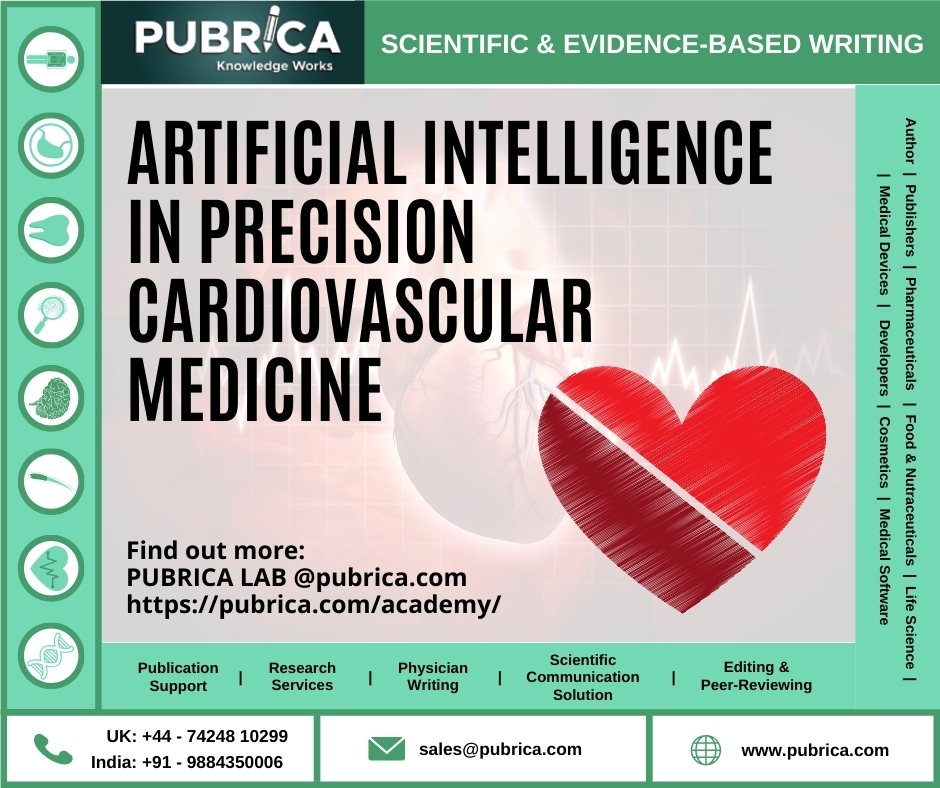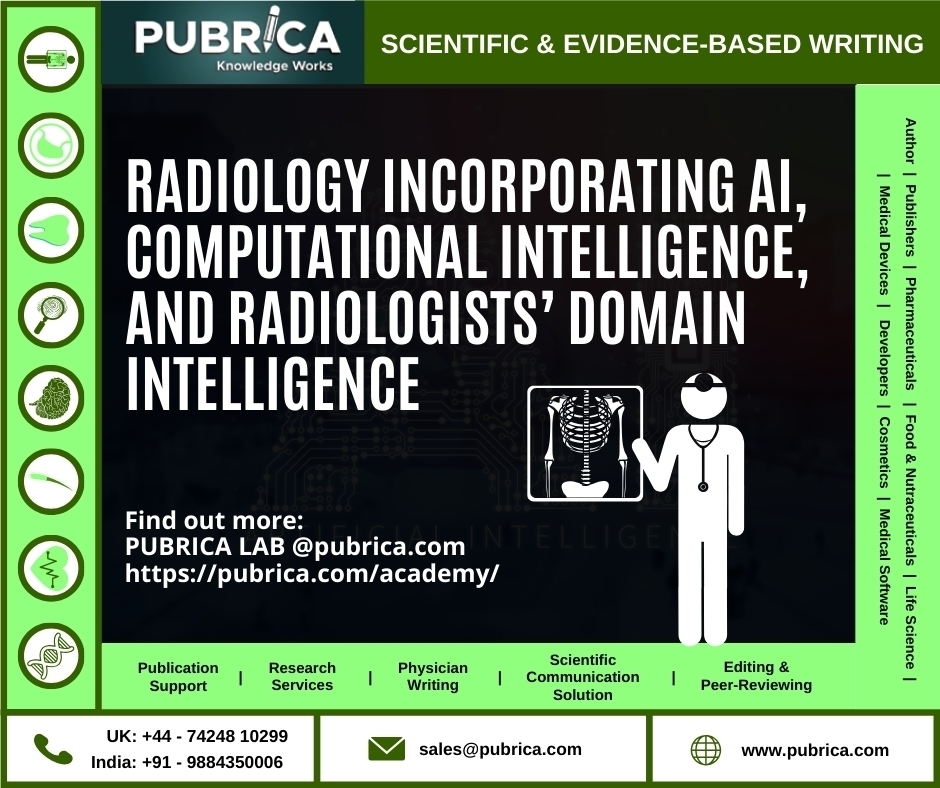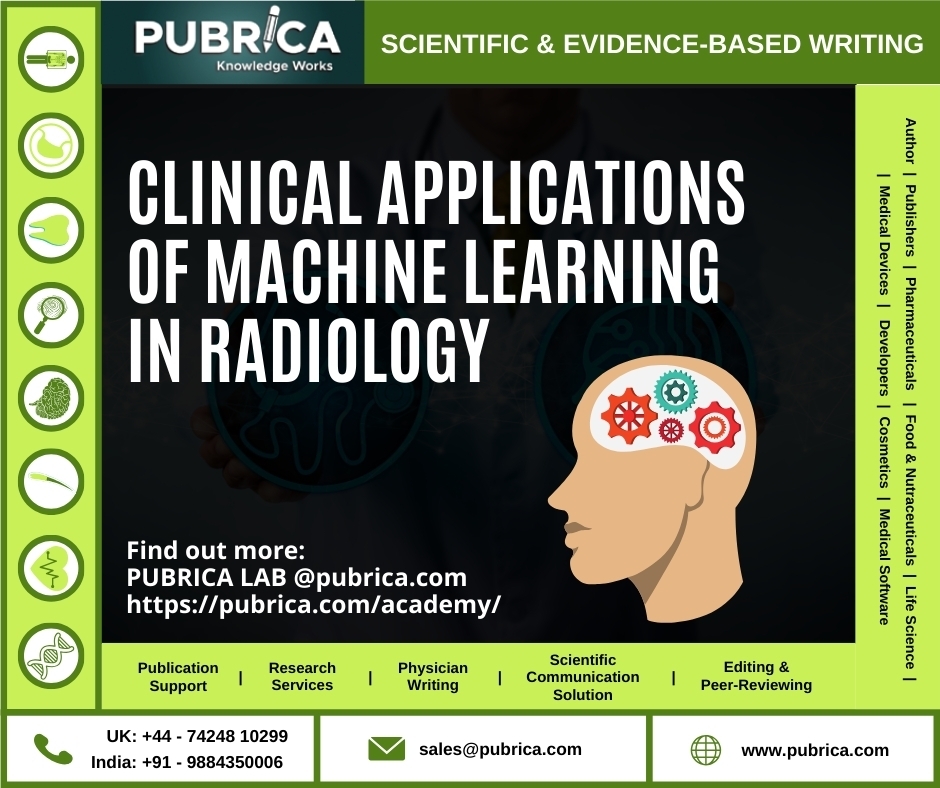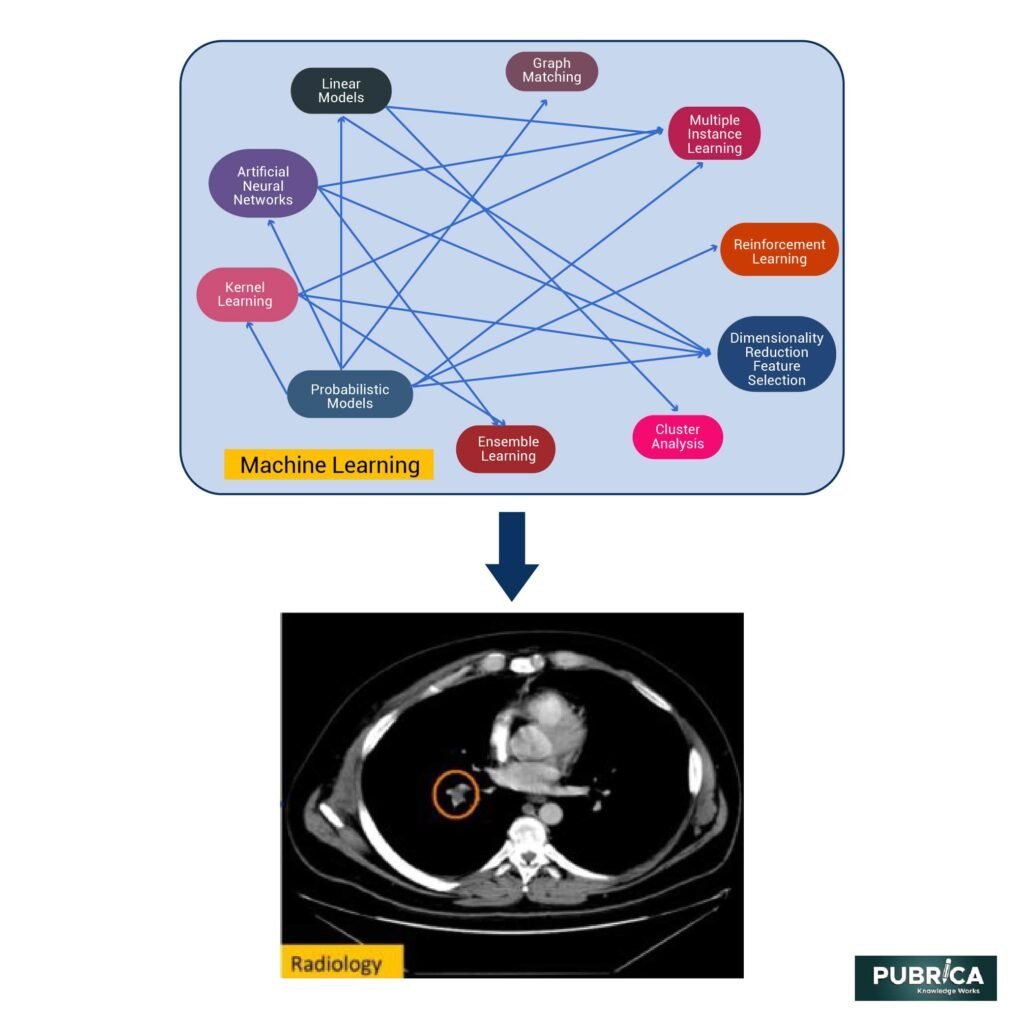
Artificial Intelligence In Precision Cardiovascular Medicine
February 11, 2020
Radiology Incorporating AI, Computational Intelligence, And Radiologists’ Domain Intelligence
February 18, 2020In Brief
- Radiology an important tool in the diagnosis of clinical diseases.
- Machine learning and its techniques relevance in the field of radiology.
- Machine learning and its applications in Radiology.
- Translation of machine learning onto radiology, factors impacting the same.

In the recent times, there has been a vast advancement in the field of science and technology, the current boom is of the era of artificial intelligence, big data and machine learning and its uses in various sectors like the personnel assistants, self-driven cars and in recognition of speech. Machine learning serves as one of the vital quantitative tools that serve as better biomarkers in the radiological diagnosis of diseases.
Machine learning is defined as the encompasses of a wide array of the advanced and iterative statistical methods that are used to discover the various patterns in the data and, though they are inherently non-linear, they are based heavily on the linear algebra data structures. Machine learning takes into account the design and the development of algorithms begin, which would then make computers to easily recognize complex patterns and also to make intelligent decisions which are all based on empirical data (Burns et al., 2019).
The most important and significant contribution of machine learning to the field of radiology is that it would provide an automatic way at ease to generalize (human) knowledge that has been obtained from the training data to the future test data that is unknowns (Chan & Siegel, 2019). So let us take a look at the various clinical applications of machine learning in Radiology
Screening of patients and the absence register
Maintaining a record of the high-risk patients and tracking them who have missed the radiological appointments and hence rectifying the same for screening.
Acquisition of Images
This could be time saving measure both for the patients and the health care provider was in place an automatic process could save time
Segmentation of Medical Images
Medical images contain many structures, including normal structures such as muscles, organs, bones, fat, and abnormal structures such as fractures and tumours. Segmentation is the process of identifying normal and abnormal structures both, in the images
Registration of Medical Images
Machine learning can aid in Image registration. During a medical examination, different imaging modalities were used for scanning the patient.
Computer-aided detection and the diagnostic systems for MRI and CT Images
It helps the radiologists in the interpretation of medical images, computer-aided diagnosis (CADx and computer-aided detection (CADe) and also to provide an effective way to reduce the overall reading time, increasing the detection sensitivity, and thus the improved diagnostic accuracy.
Mind capacity or action examination and neurological infection determination from FMR pictures
Brain capacity and action investigation are inquired significant jobs in inquiring the comprehension, brain research, and cerebrum malady finding. Utilitarian attractive reverberation imaging (fMRI) gives a noninvasive and compelling approach to evaluate cerebrum movement

Figure 1 Machine learning to Radiology
Content investigation of radiology reports utilizing NLP/NLU
Another utilization of AI in radiology is the handling of radiology content reports. The collected reports from day by day radiology practice fill enormous content databases. Misusing these radiology report databases by utilizing present data handling advances may improve report search and recovery and help radiologists in analysis8. Automated radiation dose estimation
AI calculations could support radiologists and technologists with making portion gauges before tests. This comes while presenting patients to the most reduced portion conceivable is to a greater degree a concentration in therapeutic imaging than any time in recent memory.
Conclusion
Machine learning, however vital its role may become in the field of radiology in the upcoming days it can never replace a radiologist. Even though the use of machine learning technology all through the society would continue to increase rapidly, it is not that much clear that ML algorithms in a very much relatively well-defined field as in the field of medical imaging will necessarily experience such an astronomical growth pattern as observed in other fields. Current practising radiologists have already begun to incorporate all the various kinds of technology, including collaborative tools for consultation, three-dimensional imaging display tools, and quantitative analysis, digital imaging resources.
Future scopes:
Future AI instruments hold the guarantee of further extending the work that radiologists can do, remembering for the domains of exactness (customized) drug and populace the board. As opposed to supplanting radiologists, future AI instruments could propel the sort of work that radiologists play out; this would be in accordance with the exemplary IBM Pollyanna Principle: “Machines should work; people ought to think.”59,60 At the 2016 gathering of the Radiological Society of North America (RSNA), Keith Dreyer suggested that the future model of the radiologist is the “centaur diagnostician”; such a doctor would collaborate with the ML framework to upgrade understanding care.61 This thought follows the perception that the presentation of human-machine groups in playing chess could surpass that of a human or a machine framework alone.62
This association would yield more prominent accuracy and detail in their imaging-based report, including increasingly quantitative data and proof based recommendations.61 likewise, this could help encourage propelled representation systems, refine clinical-radiological work methodology, and improve the practicality and quality in correspondence between the radiologist and alluding doctor, just as between the radiologist and patient. By survey ML frameworks as a teammate, not as a contender, future radiologists could profit by an organization where the consolidated presentation of the radiologist-PC group would almost certainly be better than it is possible that only one, and feel enhanced by the “extravagance” of working with the progressed mechanical help offered by AI . This would give benefits not exclusively to the experts of analytic radiology, yet much more significantly for our patients and for society.
References:
- Burns, J. E., Yao, J., Chalhoub, D., Chen, J. J., & Summers, R. M. (2019). A Machine Learning Algorithm to Estimate Sarcopenia on Abdominal CT. Academic Radiology. https://doi.org/10.1016/j.acra.2019.03.011
- Chan, S., & Siegel, E. L. (2019). Will machine learning end the viability of radiology as a thriving medical specialty? The British Journal of Radiology, 92(1094), 20180416. https://doi.org/10.1259/bjr.20180416
